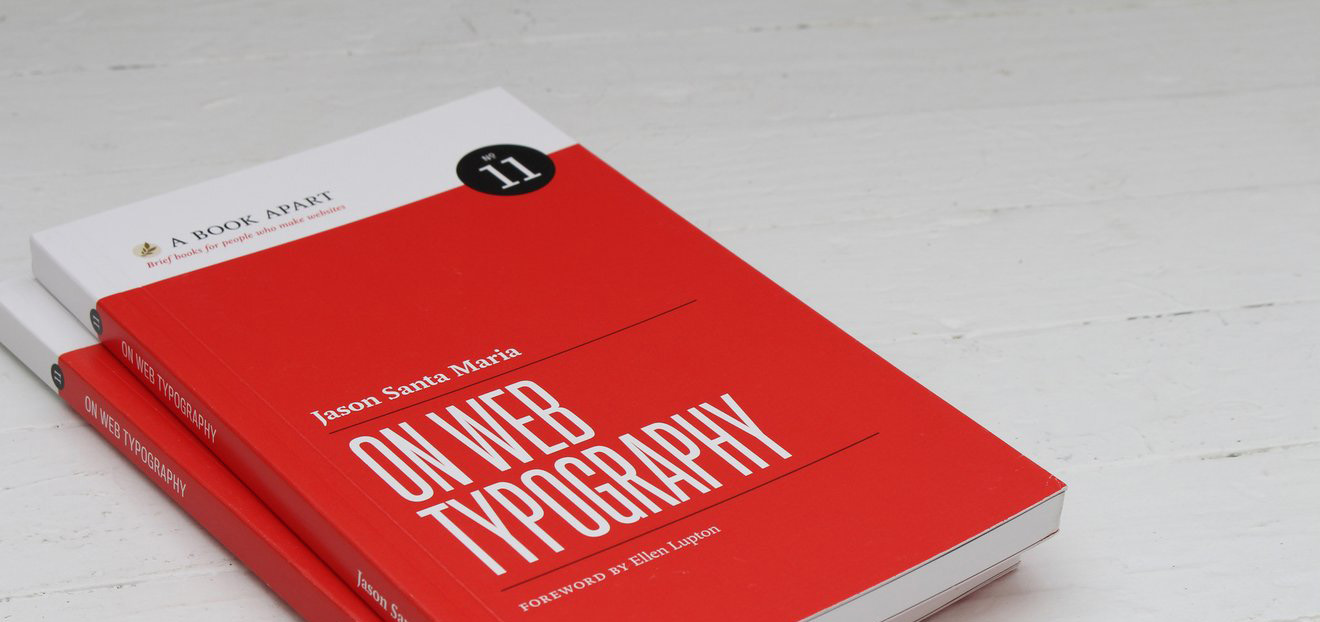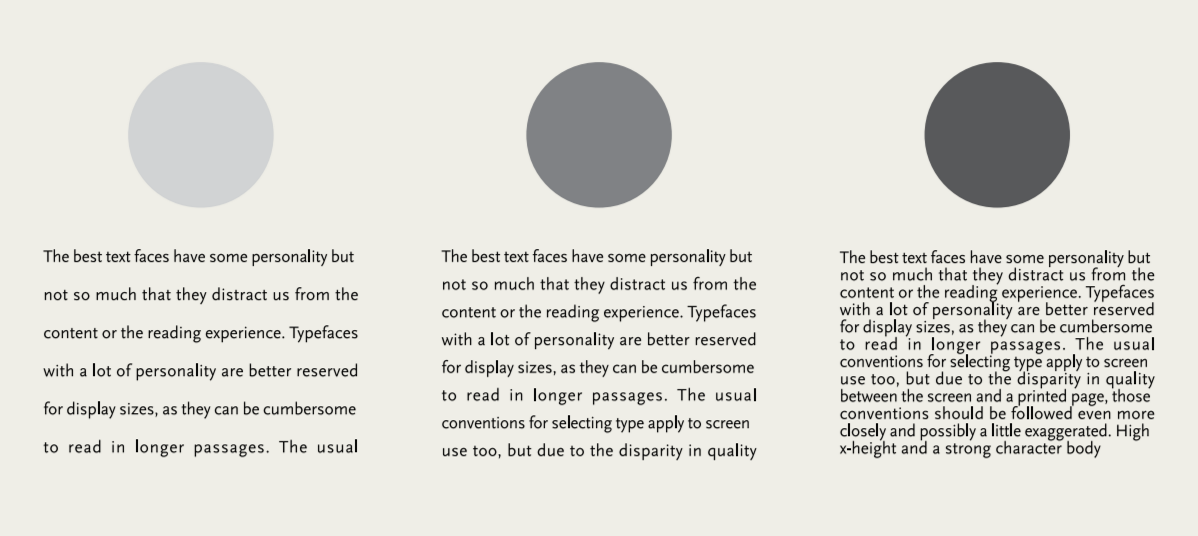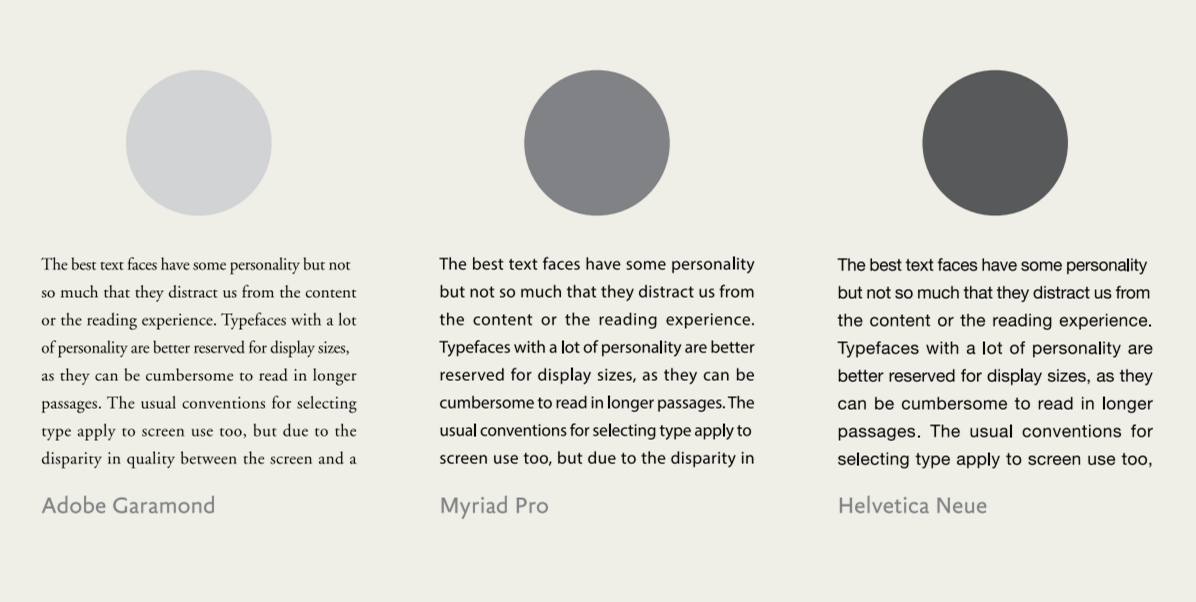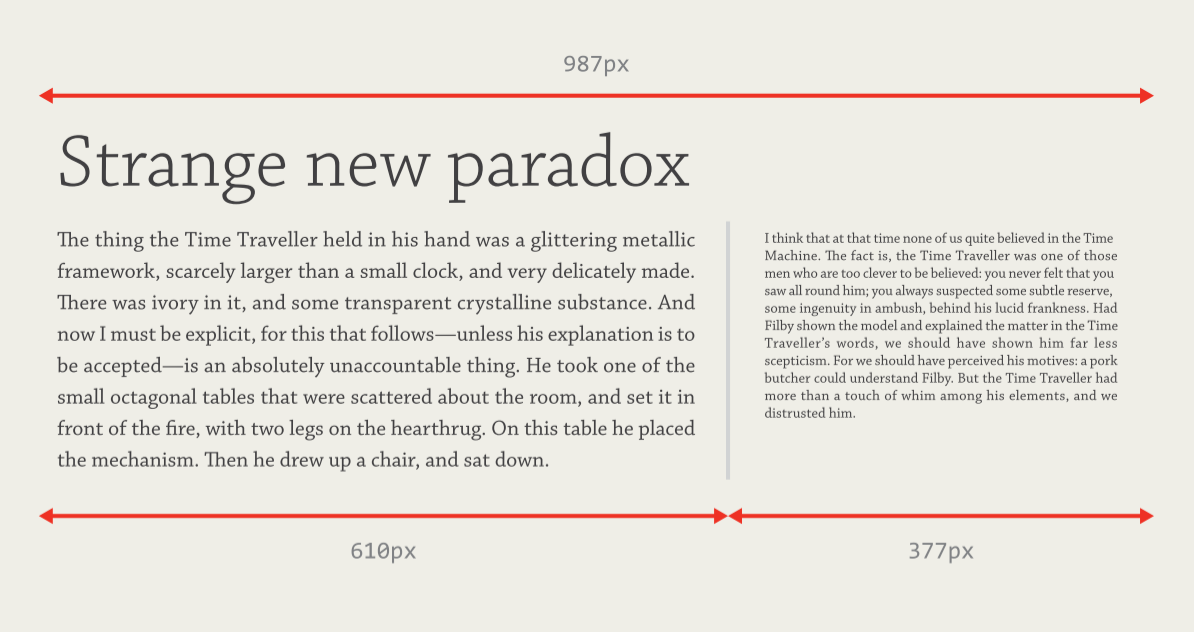
Typography
A companion site to the book On Web Typography by Jason Santa Maria.

A companion site to the book On Web Typography by Jason Santa Maria.
In this chapter, we’ll continue exploring how content elements within a design affect one another and how the nature of the medium itself shapes our designs. Whatever path we embark on, composition of our layout and typographic systems needs to take our medium’s constraints into account.



